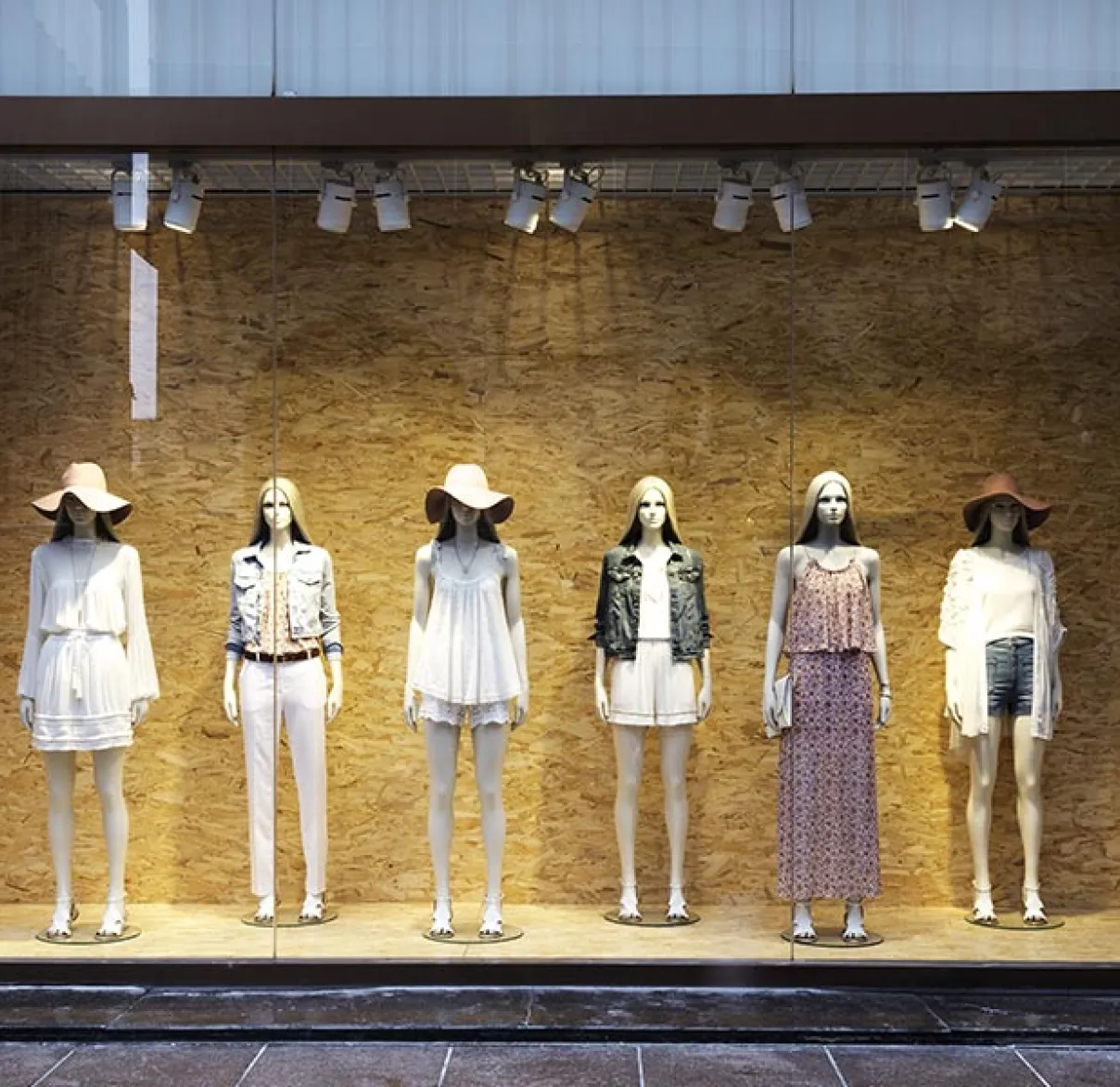Lights will stay on
Rathbones equity analyst Camilla Ayling reflects on the disruption to traditional retail, something of concern for investment managers when looking to invest clients’ funds in the sector. But it isn’t all about online, and Camilla points to a light at the end of the tunnel for some store-based retailers.

These days, we’re spending a lot more time shopping through our phones and laptops, rather than braving multi-storey car parks and crowded high streets. Back in 2007, roughly 3% of UK shopping was done online. Last year this figure had shot up to 20%. Bricks and mortar retailers, from supermarkets to shoe shops, are suffering the consequences of too much store space. They expanded considerably when times were good, only for the rise of online rivals to rain on their parade. In-store sales have taken a hit, but despite this we think there are still valuable benefits to having a physical presence.
Race to the bottom
Consumers have certainly benefitted from the rise of online-only retail. In order to attract customers and remain competitive these businesses have offered us increasingly advantageous terms. They have trained us to now expect free delivery, free returns and ever-shortening delivery times; a strategy which succeeded in pushing up order volumes as online retailers basked in their first-mover advantage.
Yet traditional retailers are intent on keeping up and, because they have the big balance sheets and deep pockets to do so, they are investing heavily in their online propositions. A race to the bottom for the lowest delivery costs and times has ensued, closing the gap between them and their online rivals. With the playing field now levelled somewhat, two main differences remain between the online players and the traditional retailers, favouring the latter.
Squeezed margins
These days, consumers are asking retailers to do considerably more but they are no longer being charged a premium for it. The hefty investment of building an online platform aside, there is also the cost of storing products, picking them up from these warehouses, then transporting and delivering them in the right time frame to the right postcode. The new terms of trade also encourage us to over-order knowing we can easily return; an extra delivery cost for retailers to absorb, plus any associated refolding and repackaging. All in all, this new environment is eroding profit margins made on online orders.
Traditional retailers can avoid a lot of these extra costs by utilising their store footprint and offering ‘click and collect’. It hasn’t taken the online competition long to come up with their own alternative: pick-up lockers, but these lockers lack the brand interaction and spur-of-the-moment purchase opportunities that shops offer.
Experiences over stuff
The shift in spending from things to experiences is another big change for retailers who are now creating ‘experiential retail’ to adapt. This can be done online but is probably more engaging in-store.
Spirits giant, Diageo, is an early example of this shift as it plans to open a flagship Johnnie Walker centre in Edinburgh (see Camilla’s article “Retail therapy” in our latest InvestmentInsights). The site will offer visitors an immersive experience based around this whisky brand, topped off with an events space and rooftop bars. Ironically, Diageo picked the old House of Fraser building for the launch; a sign of the changing times.
Lights will stay on
With all that in mind, pure-play online models are perhaps not the future-proof solution they were once considered to be. Providing they are not over-spaced, there is light at the end of the tunnel for some bricks and mortar retailers; but not all will survive. We believe the winners will be those who invest in their online platforms and still make sure that customers have a reason to pop into their stores. We will continue to keep a close eye on this changing landscape to spot the threats but also the opportunities.
